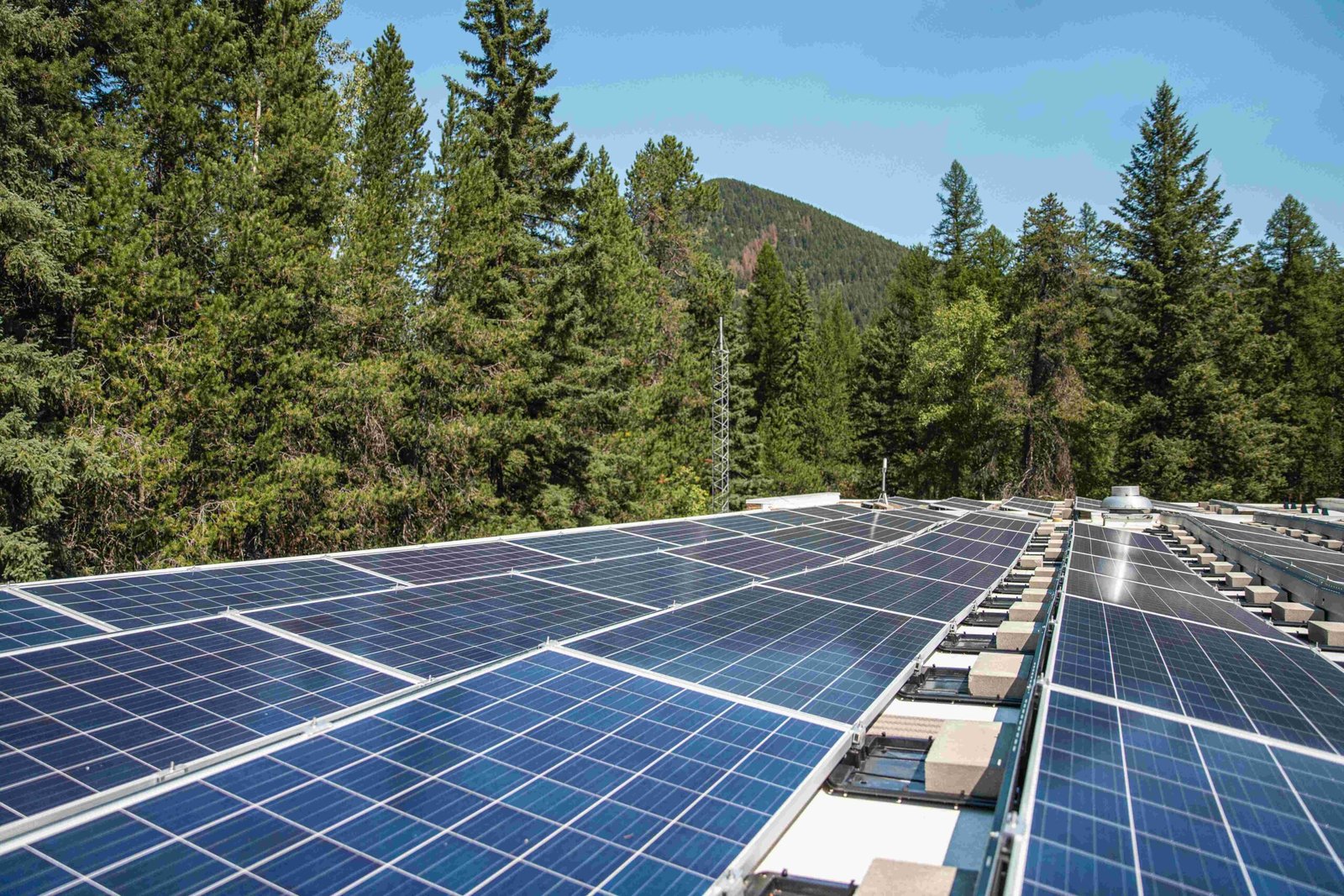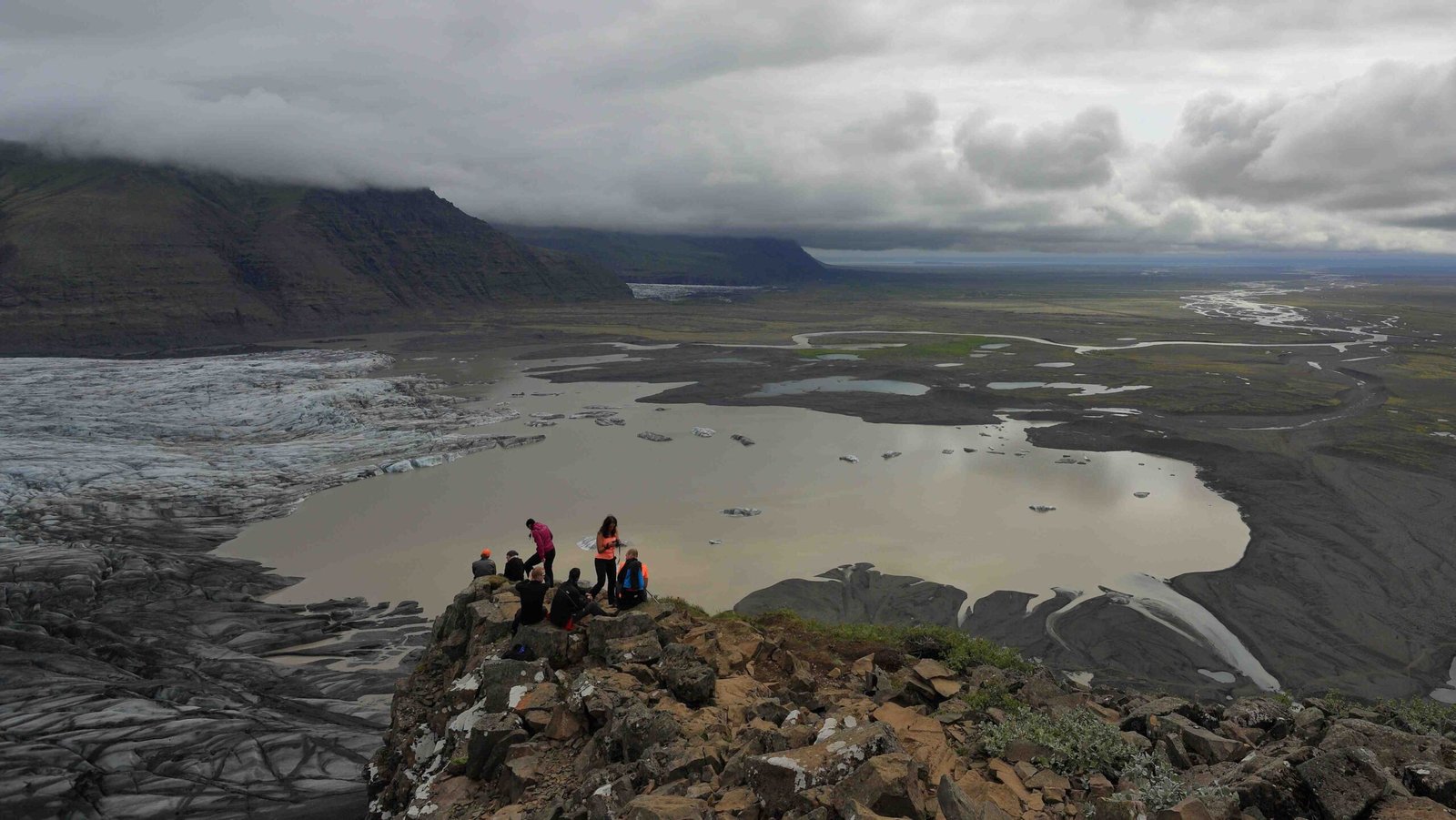Glacier National Park’s iconic sign depicting shrinking glaciers serves as a powerful visual representation of climate change impacts. This educational display combines historical data, photographic evidence, and scientific measurements to illustrate the dramatic retreat of the park’s glaciers over time. Visitors encounter this compelling exhibit, which blends artistry with factual information, creating an unforgettable reminder of our changing environment.
What Does the Glacier National Park Sign Reveal About Glacier Loss?

The Glacier National Park sign that shows shrinking glaciers is a stark reminder of the rapid changes occurring in this pristine wilderness. It presents a comprehensive view of glacier retreat through various elements:
- Historical photographs
- Modern imagery
- Data visualizations
- Explanatory text
This sign serves as a focal point for visitors, offering a clear and impactful message about the effects of climate change on the park’s namesake features.
How Does the Sign Use Visual Elements to Convey Glacier Shrinkage?

The sign employs several visual techniques to effectively communicate the extent of glacier loss:
- Repeat Photography: Side-by-side comparisons of historical and current photographs taken from the same vantage points dramatically illustrate glacier retreat over decades.
- Time-lapse Imagery: Some versions of the sign may include time-lapse sequences showing the gradual disappearance of ice over years.
- Infographics: Colorful charts and graphs depict the reduction in glacier size, area, and volume over time.
- 3D Models: In some cases, three-dimensional representations may show the changing topography as glaciers recede.
These visual elements work together to create a powerful and memorable experience for park visitors, making the abstract concept of climate change tangible and immediate.
What Scientific Data Does the Sign Present About Glacier Retreat?
The sign incorporates various scientific measurements and data points to quantify glacier loss:
| Data Type | Information Presented |
|---|---|
| Area Loss | Percentage and total square kilometers of glacier coverage lost since the park’s establishment |
| Volume Reduction | Estimated ice volume decrease over time |
| Temperature Changes | Average temperature increases in the park region |
| Snowpack Data | Changes in annual snowfall and snowpack persistence |
This scientific information provides concrete evidence of the changes occurring within the park, supporting the visual elements with hard data.
Where Can Visitors Find the Glacier Shrinkage Sign in the Park?
The sign showing shrinking glaciers is strategically placed for maximum visibility and impact:
- Visitor Centers: Prominently displayed in the Apgar and Saint Mary Visitor Centers.
- Scenic Overlooks: Positioned at popular viewpoints where glaciers are visible.
- Trailheads: Located at the start of trails leading to glacier viewpoints.
- Educational Exhibits: Incorporated into larger displays about park ecology and climate.
Visitors can easily access these signs throughout their park experience, ensuring widespread exposure to this critical information.
How Does the Sign Connect Glacier Loss to Broader Climate Change Issues?
The Glacier National Park sign that shows shrinking glaciers goes beyond simply documenting ice loss. It serves as a springboard for broader discussions on climate change:
- Ecosystem Impacts: The sign explains how glacier retreat affects local flora, fauna, and water resources.
- Global Context: It places the park’s glacier loss within the framework of worldwide glacial retreat.
- Human Influence: The display discusses the role of human activities in accelerating climate change.
- Future Projections: Some versions of the sign may include predictions for future glacier conditions based on current trends.
By connecting local observations to global patterns, the sign helps visitors understand the far-reaching implications of climate change.
What Historical Context Does the Sign Provide About Glacier National Park’s Glaciers?
The sign offers valuable historical perspective on the park’s glaciers:
- Geological Timeline: Brief overview of glacier formation during the last ice age.
- Park Establishment: Information on glacier extent when the park was founded in 1910.
- Early Documentation: References to early explorers’ and scientists’ observations of the glaciers.
- Naming History: Explanations of how certain glaciers got their names, often tied to their once-grand appearances.
This historical context helps visitors appreciate the longevity of the glaciers and the rapidity of recent changes.
How Does the Sign Encourage Visitor Engagement and Action?
The Glacier National Park sign that shows shrinking glaciers is designed to inspire action:
- Interactive Elements: Some versions may include touchscreens or movable parts to engage visitors.
- QR Codes: Links to additional online resources and current research.
- Citizen Science: Information on how visitors can contribute to glacier monitoring efforts.
- Conservation Tips: Practical suggestions for reducing personal carbon footprints.
- Educational Programs: Details about ranger-led talks and walks focused on glacier ecology.
By providing actionable information, the sign transforms awareness into potential positive change.
What Maintenance and Updates Does the Glacier Shrinkage Sign Require?
Keeping the sign current and effective requires ongoing attention:
- Annual Photography: New images are added to continue the visual record of glacier retreat.
- Data Updates: Scientific measurements are refreshed with the latest available information.
- Physical Maintenance: The sign structure is regularly inspected and repaired to withstand harsh mountain conditions.
- Content Review: Park scientists and educators periodically review and revise the sign’s content for accuracy and relevance.
This commitment to maintenance ensures that the sign remains a reliable and impactful educational tool.
How Has Public Response to the Glacier Shrinkage Sign Evolved Over Time?
Visitor reactions to the sign have changed as awareness of climate change has grown:
- Initial Skepticism: Early versions of the sign may have been met with disbelief by some visitors.
- Increasing Concern: As evidence has mounted, more visitors express worry about the future of the park’s glaciers.
- Photographic Interest: Many visitors now seek out the sign as a backdrop for social media posts, spreading awareness.
- Educational Value: Teachers and students increasingly use the sign as a real-world example in climate education.
The sign has become a touchstone for discussions about climate change, both within the park and beyond its boundaries.
The Glacier National Park sign that shows shrinking glaciers stands as a powerful testament to the changing face of one of America’s most beloved landscapes. Through its compelling visual narrative and scientific rigor, it continues to educate and inspire visitors, turning the abstract concept of climate change into a tangible reality that demands attention and action.
References:
1. https://www.usgs.gov/centers/norock/science/repeat-photography-project
2. https://www.nps.gov/glac/learn/education/park-information.htm
3. https://home.nps.gov/grte/learn/nature/mapping-glaciers.htm